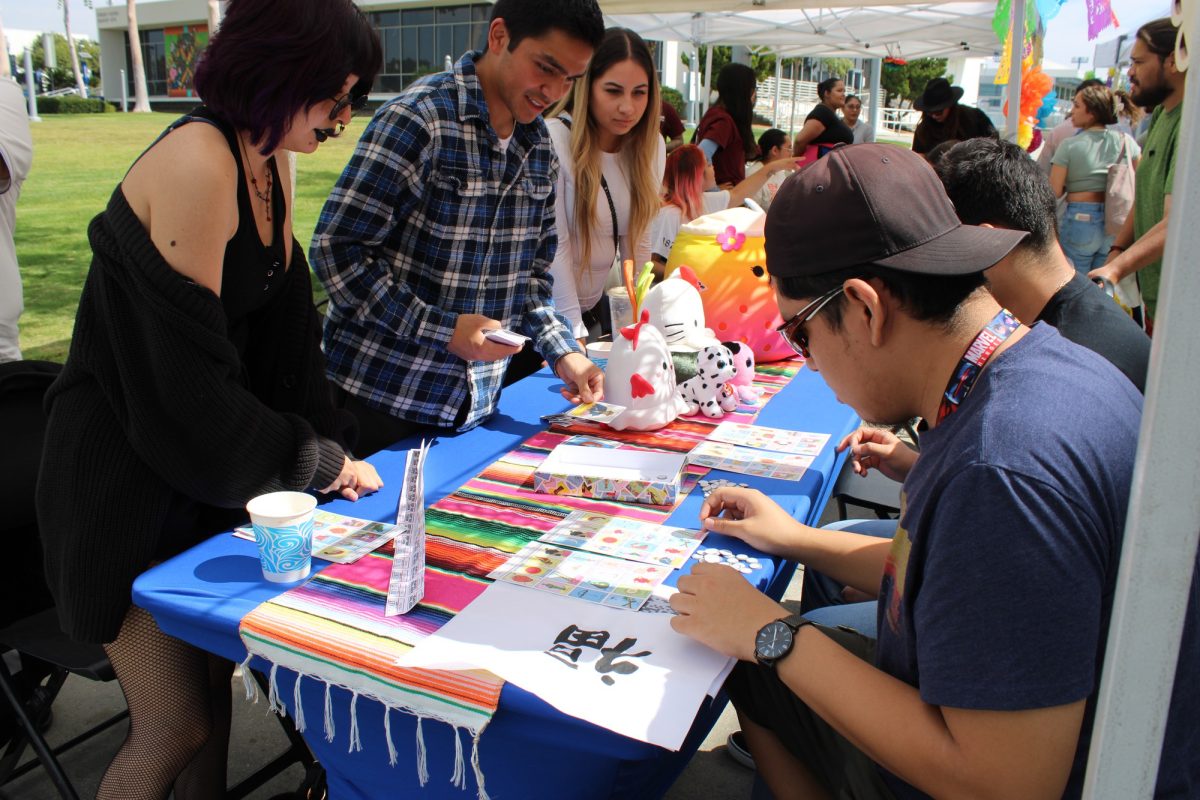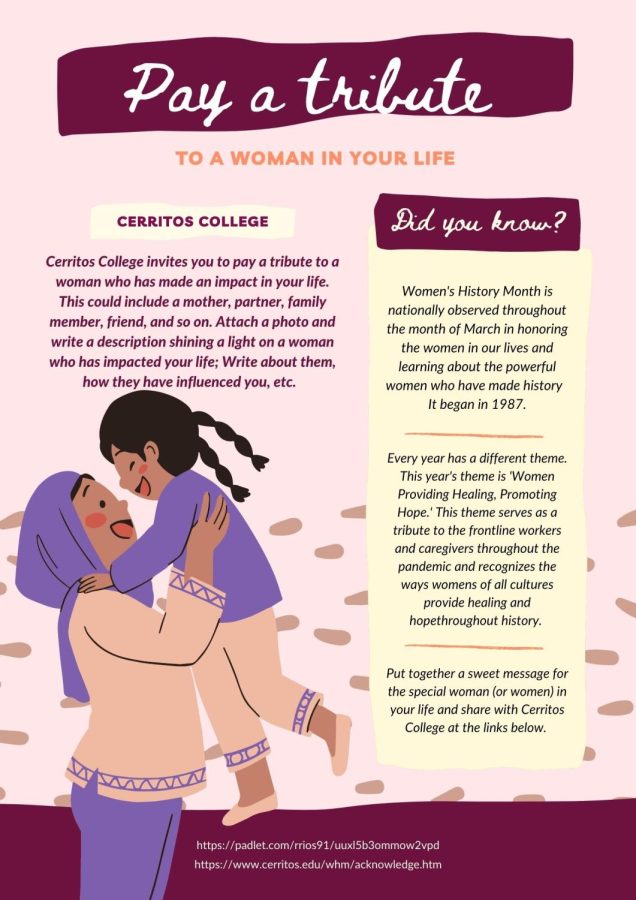With the celebration of Black History Month continuing at Cerritos College, History professor Anthony Lee lead a discussion on the history surrounding African American folktales and concluded by recounting one of the tales, specifically Tales of Brer Rabbit.
This event took place on Wednesday, Feb. 15 in the Social Science Building.
Before the reading, he began the discussion by explaining the presence of dance, food, music and most importantly, literature across a multitude of cultures and how it is central to the ideas of a culture itself.
When he went into more specifics of the history of slavery, he brought up the idea of “subaltern history” or a history which is hidden. He also mentioned that the study and exploration of African American culture and history as a subject of academic study is fairly recent.
Focusing on the folk tales, they mainly featured animals and were read by slaves during the time, which often included hidden messages or lessons that slaves or children of slaves would have to be aware of.
Lee continued the lecture by discussing that the use of animals in these tales, smaller ones outsmarting bigger and more dangerous animals like foxes or bears, were meant to represent the slaves outsmarting or tricking their masters.
However, even told in the presence of whites during the time, the underlying messages were either overlooked or missed entirely. “[It] never even seemed to occurred to the white slave owners during the entire history of slavery. There’s not one mention…that these tales…would be insulting or dangerous” Lee mentioned.
Nearing the end of the informative lecture Lee continued by explaining that the stories were constructed with “such perfect subtlety, skill and ambiguity”
He then spent a majority of the discussion by recounting the tale of Brer Rabbit and Brer Fox, which was told to him in his youth.
The story starts with both the rabbit and the fox working in a field. Brer Rabbit is tired and wants to rest, so he then tricks Brer Fox into believing there is noise coming from the woods. As Brer Fox continues to be outsmarted by Brer Rabbit, he soon comes to his senses and catches Brer Rabbit. The rabbit then uses his wits in his last moments to successfully escape the fox.
The literary discussion then started with Lee asking if there were any messages or lessons one could point out.
Joseph Beshir, Biology Major, stated, “I thought it was interesting how through [learning of] Black History and the story of Brer Rabbit and Brer Fox, [history] can come into contact with today’s future.”
As a number of attendees at the event contributed to the discussion, Lee continued to provide additional information, analysis and background to the layered story and its characters. Themes such as mortality, were considered when Lee expanded on specific moments of the tale.
Spanish major Vanessa Alvarez mentioned, “It was very informative […] it was nice to get more in detail and understand more of the storytelling.”
As the discussion concluded Lee mentioned that when these folktales are observed, it’s clear to see they are “rich, multi-layered, and valuable for literature and history.”
At the conclusion of the event Lee stated, “I enjoyed the discussion a lot and I’m glad there was great attendance. There was a lot of participation […] I find it [the study of African American Folktales] fascinating because it’s something that’s not really acknowledged and it hasn’t been studied.”








